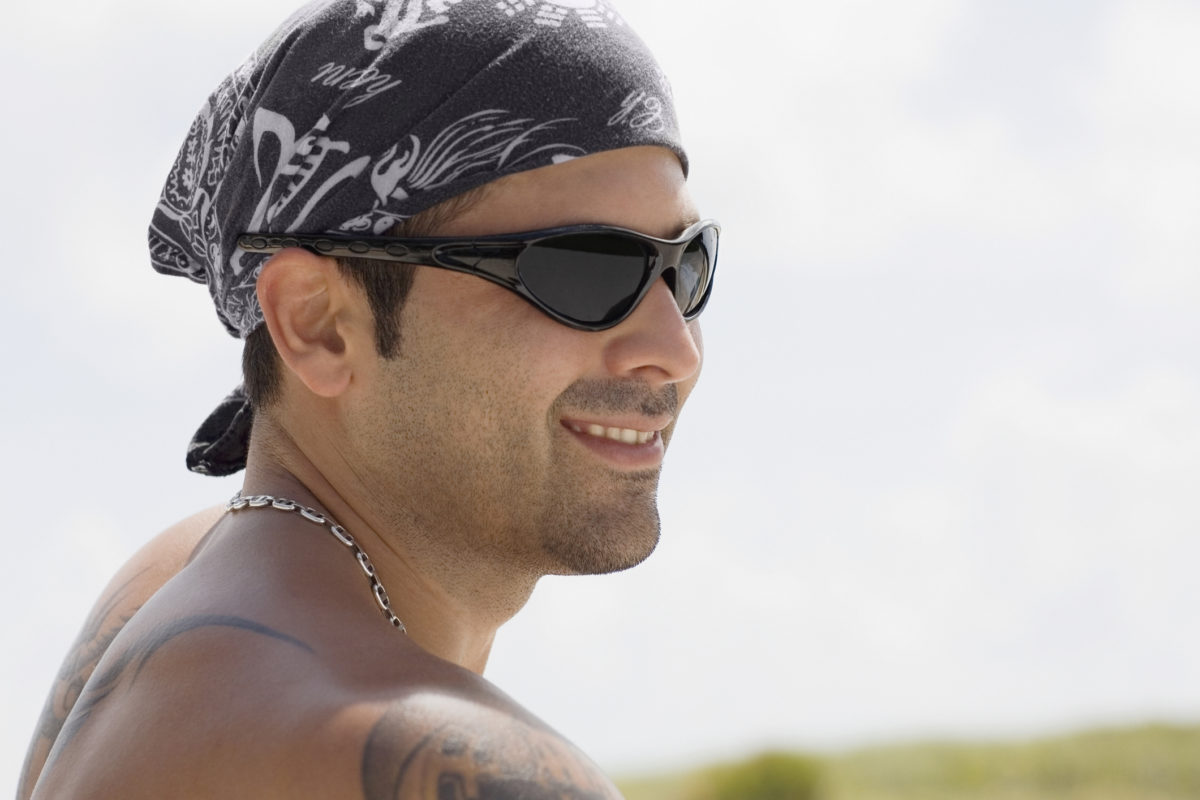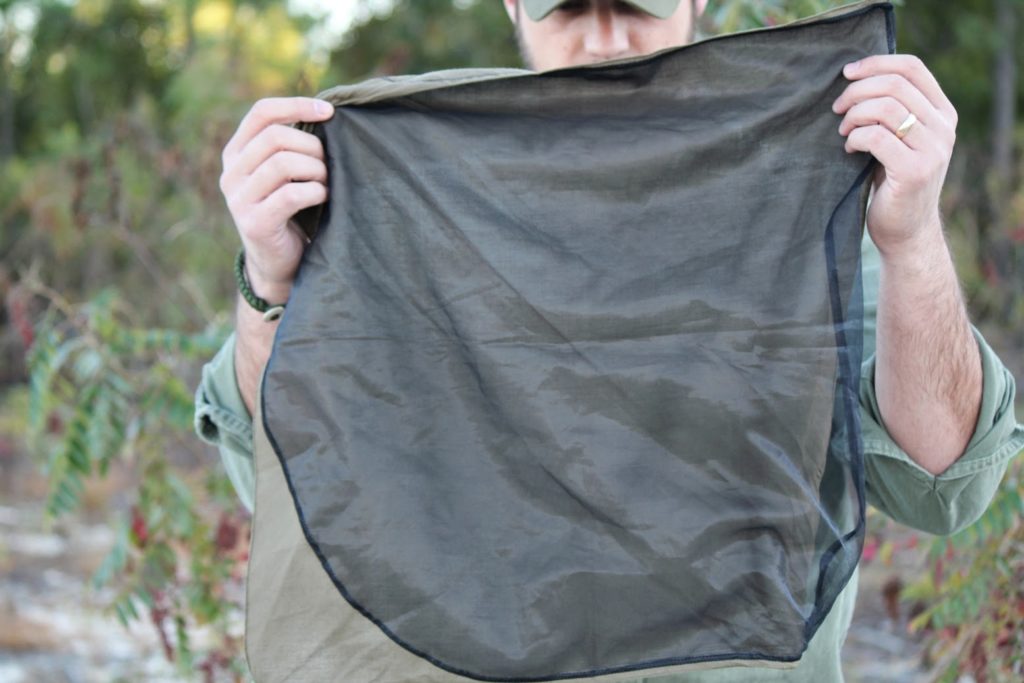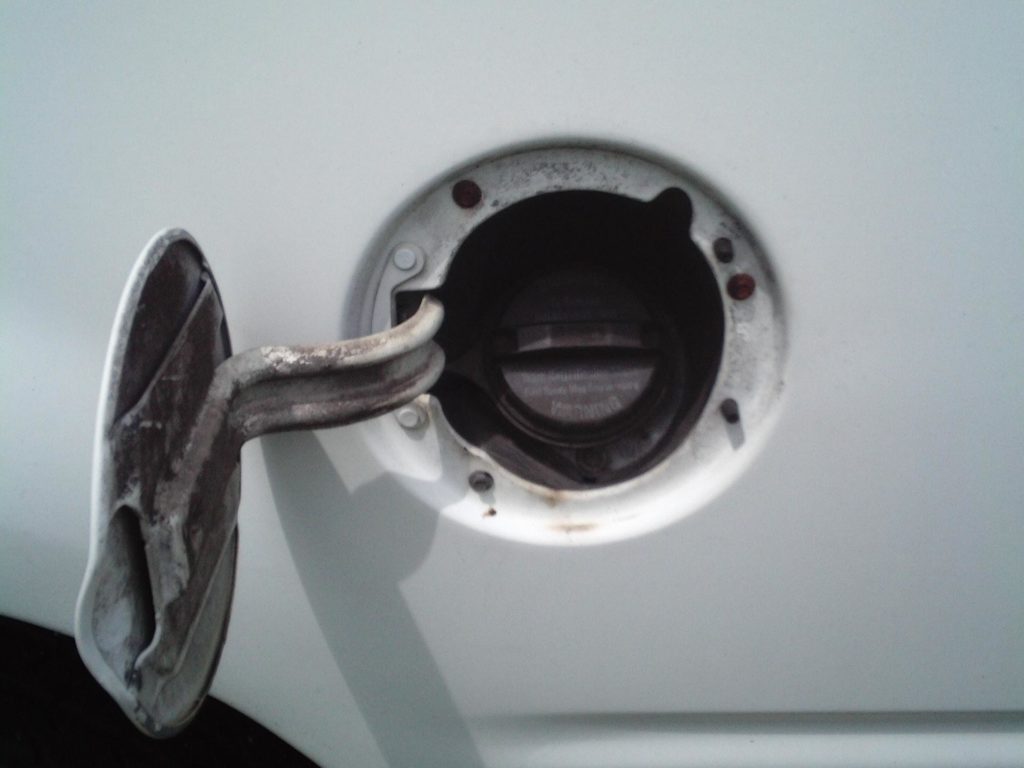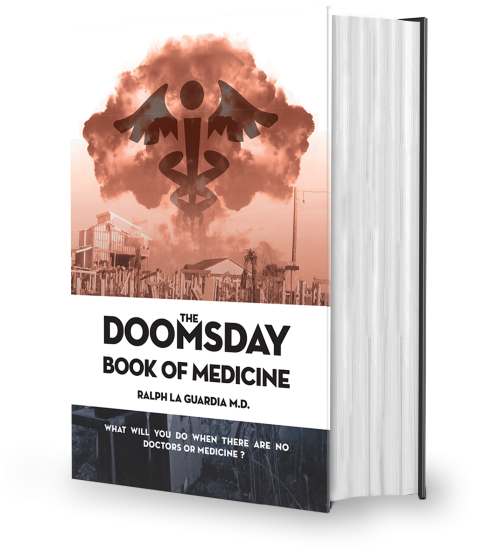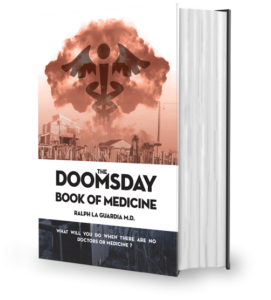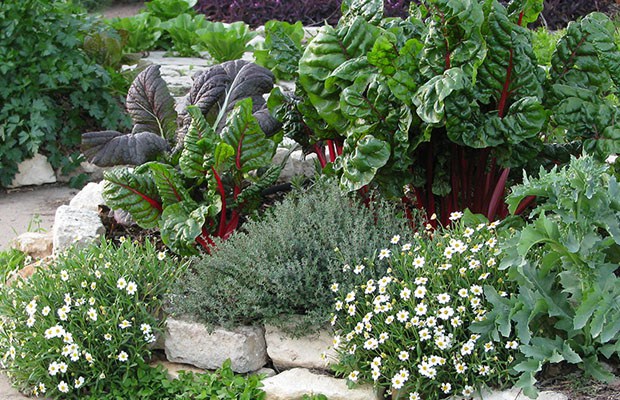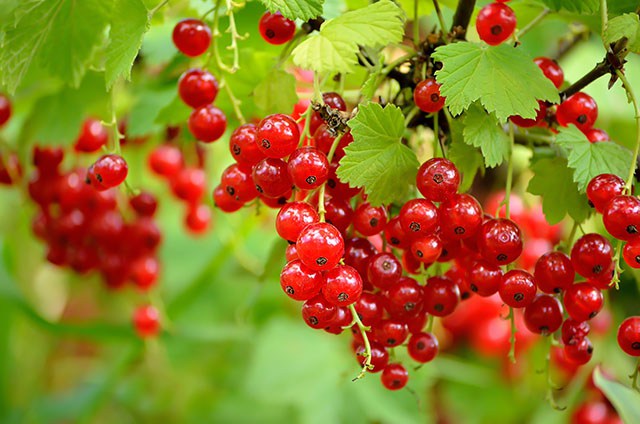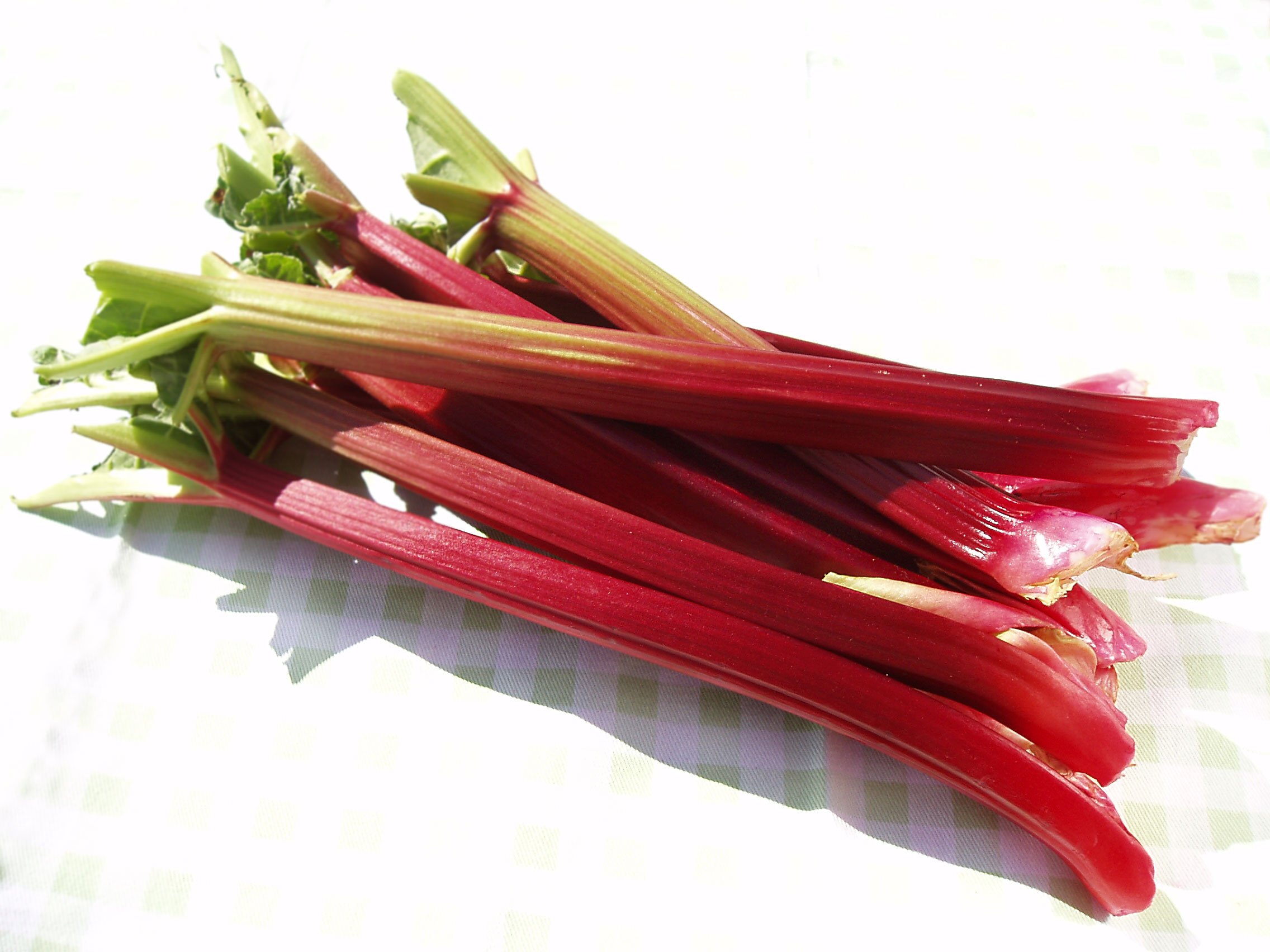17 Ways to Use a Bandana in a SHTF Situation
In a previous article, I might have mentioned something about cowboys and bandanas. Apart from the fact that they looked awfully cool and would help them conceal their faces during a bank robbery, those wild rags, as they were called, had more uses beyond fashion or crime. And since bandanas will never go out of fashion, I’ve decided to do this little follow-up to show you how this painted rag can save your can in a shit hits the fan situation. So, without further ado, here are 17 survival uses of a bandana.
Water collection
Water’s essential in field survival. Still, if you get lost or anything, you won’t be able to rely on your emergency water supply. If there are no streams or rivers nearby, it’s possible to use your bandana to soak up water. Tie to your ankles and walk through tall grass during the wee hours of the morning to collect dew. Tree holes usually harbor a small amount of water. Get that bandana in there and soak as much water as possible. It may sound disgusting, but you can also squeeze some water from that rag after a long day’s walk (yup, drinking your own perspiration).
Crafting a simple pouch
Don’t have any pockets left to carry out your gear? No problem! You can whip up a simple pouch which can be attached to your belt or backpack. Just place your items in the center of the pouch, bring all folds into the middle, and tie it with a piece of dental floss or whatever cordage you have available.
Head protection
It’s obvious that a bandana cannot replace a safety help, but you can also use these thingies to keep your head dry when it’s raining, or the sun’s up in the sky.
Makeshift bandage
In case you’ve lost your med kit or had to use that gauze as tinder, you can use your bandana to bandage a wound. If you have to deal with a large arterial bleeder, you may also use that wild rag as a tourniquet.
Setting up the table
Sorry if there are no roses nor lit candles – all I can offer you is a bandana used as a tablecloth.
Getting your keister clean
Well, you know that they say – when shit hits the fan, there’s nothing more to do than wipe your behind and move on. In case you run out of TP or paper tissue, take out your bandana and improvise. Just be sure to wash it before using it as a headcover or tablecloth.
Marking a trail
If you feel like you’re walking in circles, get the bandana out of your bug out bag and place on the ground right where the trail starts. Keep going. If you still see the bandana, it means you have to change your approach.
Repair broken backpacks
One of the most frustrating things that can happen in the field is a broken backpack strap. If you don’t have a sewing kit in your B.O.B, just use your bandana to replace that strap.
Starting a fire
No need to tear your clothes for tinder if you have nothing left in your box. Just place the bandana on the ground and set it on fire using your method of choice.
Using it as a mask
If you need to cross an area filled with dust or debris of any kind, you can always wrap the bandana around your head. Don’t forget to soak it in water to increase its filtration efficiency.
More grip on tools
Knees are weak? Hands are sweaty and cannot get a decent grip on the tools you’re using? Wrap the bandana around your hand and give it another go.
Instant sleeping bag warmer
What’s the purpose of including an electric blanket in your bug out bag if there’s no electricity around for miles? Still, you’ve got to do something about getting some warmth inside your sleeping bag. Making an indoor fire is the obvious approach, but not the only one. Before making a fire, wall your pit with whatever rock you find. When it’s sack time, take a couple of hot rocks, place them inside the bandana, tie the pouch with some rope or string, and place under the sleeping bag.
Making ice packs
Bruises? Fever? Headaches? Use an icepack. Get your bandana out of your B.O.B, put a couple of ice shards inside, wrap, and profit.
Gas Cap
In case something happens to your gas cap, don’t run around the city with that intake exposed. Until you reach the next auto shop, you can stuff a bandana inside to protect the gas pipes. You can do the same for gas canisters if you’ve lost the metal cap.
Diapers
As a father of two, I’ve always had to make supply runs to the store for diapers. You know you’re in deep shit when two boxes per day are not enough. In case the local store runs out of diapers, or there’s no one else around the house to take care of your kid while you’re away, use your bandana as a diaper.
Naptime cover
Do you know what I hate most about having to nap during the day? The sunlight is getting in my eyes. Ever since my kids came along, I was forced to rethink my napping habit. Well, long story short, if you’re in the situation, you can sleep like a boss even during the day by using that bandana as an eye cover. Try it yourself! It works like a charm.
Picnic protection
Too many insects around the campsite? Well, if you don’t have any repellant on hand, cover the food basket with your bandana to prevent those pesky termites from making away with your food.
This about covers it for my funky ways of using a bandana in a shit hits the fan situation. What’s your take on this? Hit the comments section and let me know.
Other self-sufficiency and preparedness solutions recommended for you:
The Lost Ways (The vital self-sufficiency lessons our great grand-fathers left us)
Survival MD (Knowledge to survive any medical crisis situation)
Backyard Liberty (Liberal’s hidden agenda: more than just your guns…)
Alive After the Fall (Build yourself the only unlimited water source you’ll ever need)
The Lost ways II (4 Important Forgotten Skills used by our Ancestors that can help you in any crisis)
The Patriot Privacy Kit (Secure your privacy in just 10 simple steps)
In a previous article, I might have mentioned something about cowboys and bandanas. Apart from the fact that they looked awfully cool and would help them conceal their faces during

